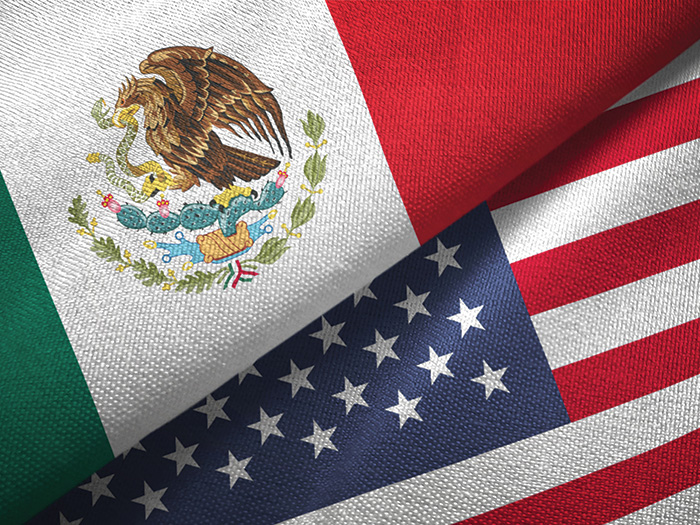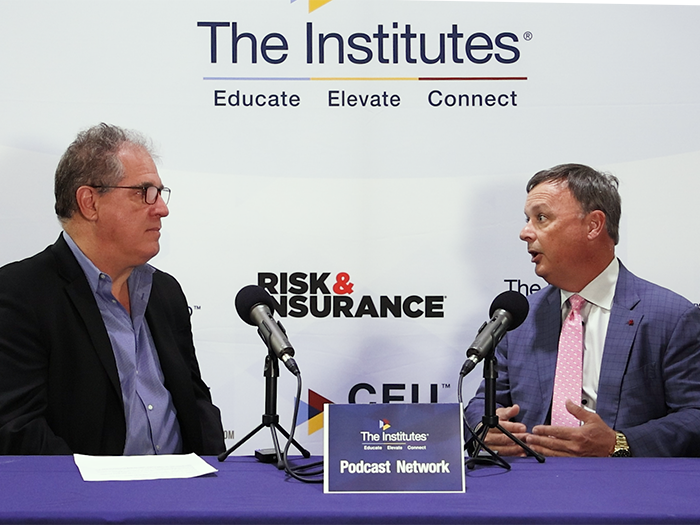Corruption
Third-Parties Pose Serious Corruption Risk

Seeking to grow the company and develop new markets, Mondelez International Inc. (then Kraft Foods) took over confectioner Cadbury in February 2010. Less than a year later, a whistleblower contacted the SEC, alleging a consultant for Cadbury subsidiary Cadbury India bribed government officials and possibly top state politicians to obtain licenses and approvals for expansion of a chocolate factory in Baddi, Himachal Pradesh.
A seven-year battle ensued, and in January of 2017, the SEC charged Mondelez with violating the FCPA’s books and records and internal controls provisions. Mondelez agreed to pay $13 million in penalties.
Regulatory agencies around the world are holding organizations accountable for the illicit actions of the third parties they engage with. Professionals surveyed for the eighth annual Anti-Bribery and Corruption (ABC) Benchmarking Report, a study conducted jointly by Kroll and the Ethisphere Institute, put third-party violations of anti-bribery and corruption laws at the top of the list of perceived compliance risks.
What’s more, an overwhelming majority of compliance professionals (93 percent) believe their ABC risks will stay the same or worsen in 2018. Heightened enforcement of existing regulations is their key concern, followed by new regulations.
One urgent challenge is the regulatory mandate for companies to understand the beneficial ownership structure of third-party partners or acquisition targets — an area that has become increasingly opaque. Third-party issues are the driving force behind 90 percent of the bribery and enforcement actions brought forward in recent years.
But where obtaining corporate ownership records used to be a straightforward exercise, now there might be layers upon layers of shell companies and holding companies obscuring the identity of whomever is calling the shots.
“In reality there could be a nefarious individual who’s controlling the day-to-day activities or who has established and funded the organization for personal gains or influences,” said John Arvanitis, an associate managing director in Kroll’s compliance practice. “This is probably one of the biggest conundrums that compliance professionals face today throughout the world.”
Arvanitis said face time with third parties is advantageous for risk and compliance managers.
“Everyone has a sixth sense,” he said. “If you sit across the table and have a conversation with somebody, you can flush out the type of information that would lead you to believe that an individual is ethical and wants to do business in the same manner as your organization.”
“In reality there could be a nefarious individual who’s controlling the day-to-day activities or who has established and funded the organization for personal gains or influences.” — John Arvanitis, associate managing director, compliance practice, Kroll
When it’s warranted, inviting your third party to bring along members of their supply chain can further illuminate how they do business, he added.
The difficulty in broadly applying that strategy becomes clear when you consider at least 45 percent of survey respondents work with more than 1,000 third parties in the course of a year. Some engage with far more. It’s likely this is why less than 25 percent of respondents felt highly confident in their program’s ability to address beneficial ownership risks.
Building Strong Programs
At least 58 percent of respondents uncovered legal, ethical or compliance issues with a third party after initial due diligence, which is why ongoing monitoring, including a regular refresh of underlying third-party data, emerged in the findings as a key strategy for maintaining the effectiveness of anti-bribery and corruption programs and for keeping up with potential ownership changes.
The ABC Benchmarking Report found that 75 percent of respondents monitor some or all of their third parties. Fifty-six percent of respondents whose organizations conduct monitoring choose to refresh third-party data.
On an encouraging note, 36 percent of respondents indicated their organization dedicated more resources to ABC issues in 2017 than in 2016. In addition, 92 percent of all survey respondents said their leadership team is highly engaged or somewhat engaged in their ABC efforts.
Multinational companies must elevate their level of focus on anti-bribery and anti-corruption efforts, especially when operating in locations that could be prone to questionable behaviors. Measures to weave into an ABC program include:
- Developing an anti-corruption policy tailored to the organizations strategic goals as well as integrity and ethical goals.
- Assessing and monitoring the level of corruption risk in each country the company does business in.
- Communicating ethical standards and anti-bribery and corruption policies internally and with all third parties.
- Thoroughly verifying the track record of third-party providers, local agents, distributors or intermediaries.
- Training the local management and employees on anti-corruption policies.
- Having a plan in place to monitor that the policies are being properly followed, including third-party contracts.
- Regularly refreshing data collected on third-party providers, local agents, distributors or intermediaries.
There’s no such thing as an out-of-the-box solution for ABC programs, said Arvanitis. But there are underlying elements that matter.
“What makes up an effective compliance program are quality people who are hardworking, who are ethical, who make a commitment and are dedicated to the compliance mission,” he said. Strong people and processes, combined with technological solutions, form the basis for a successful program.
Having a direct and impactful code of conduct that addresses the organization’s commitment to anti-bribery and corruption is imperative, he added, together with clear anti-corruption policies, a robust due diligence and third-party management program, as well as “a tone-from-the-top message that’s consistently provided and executed by the C-suite members,” said Arvanitis.
Download the full report. &











